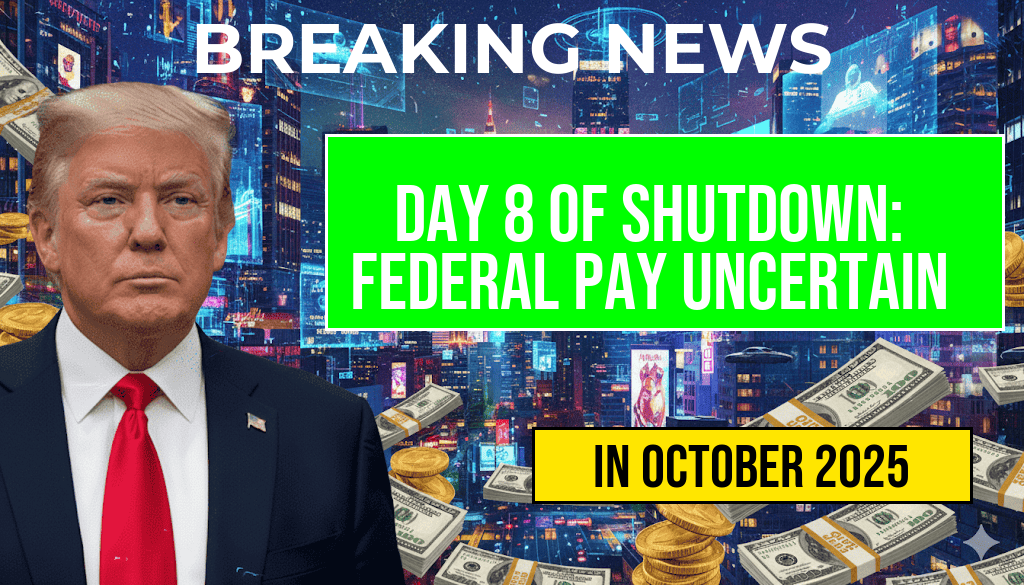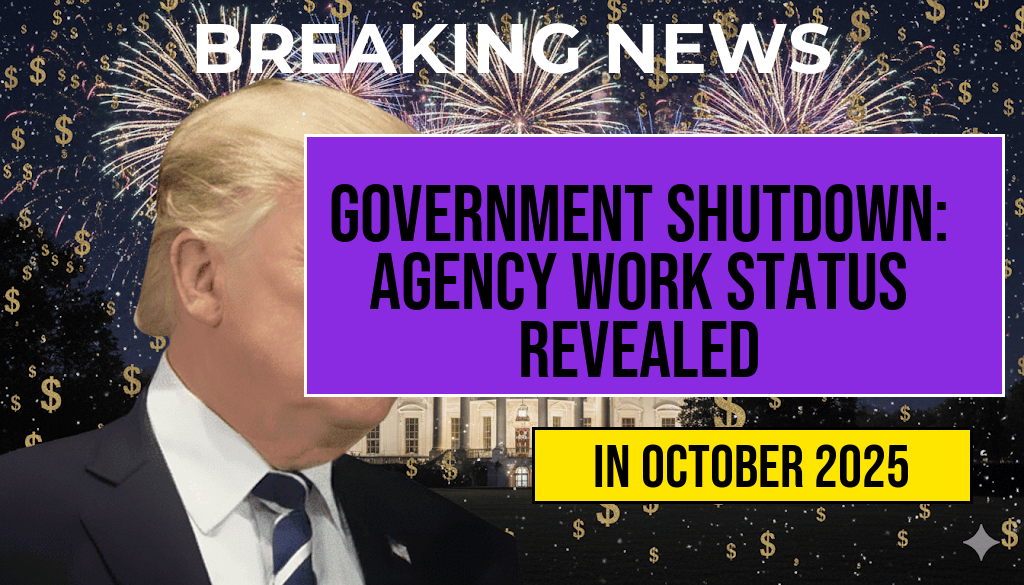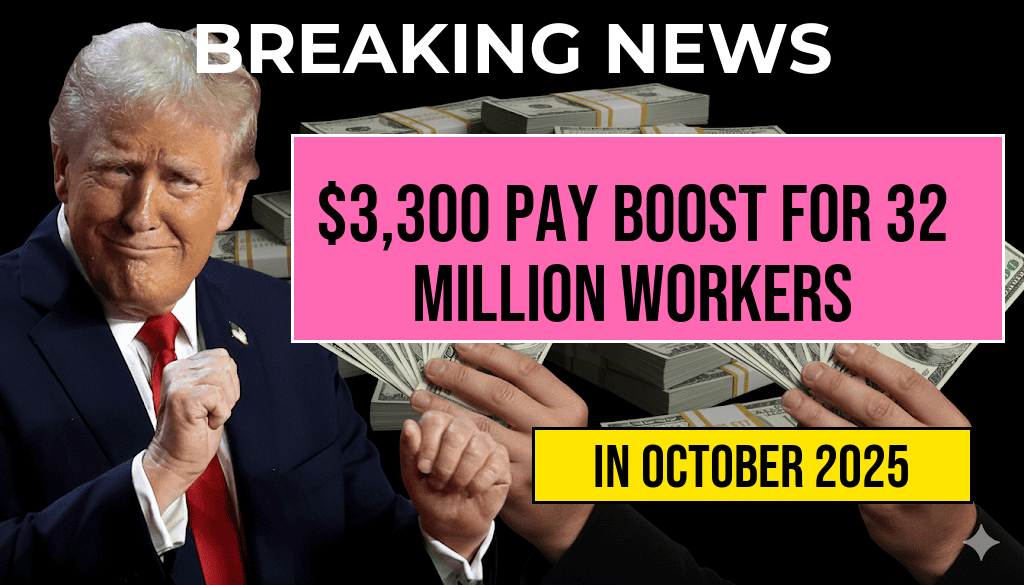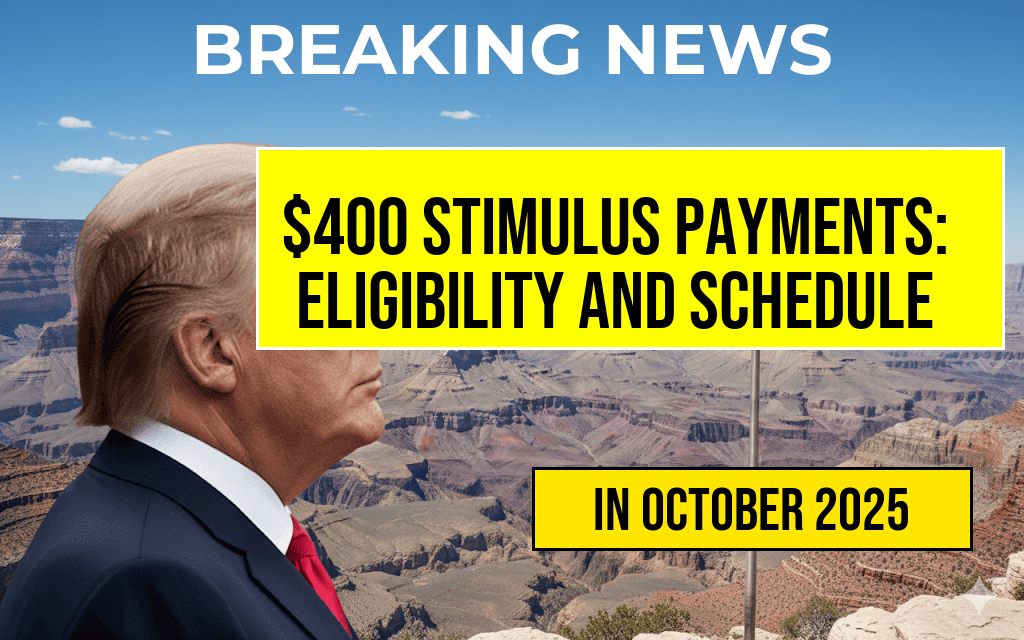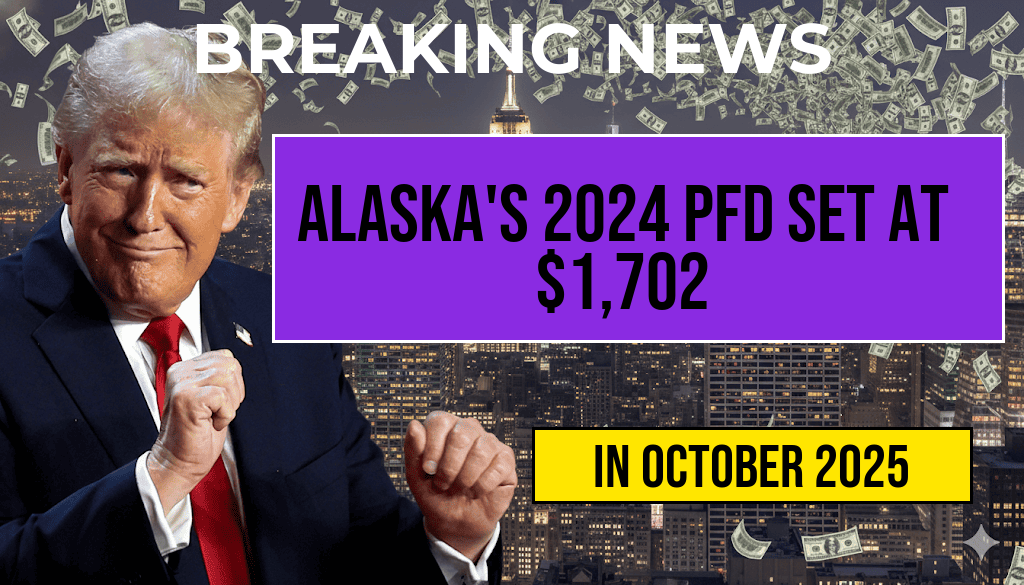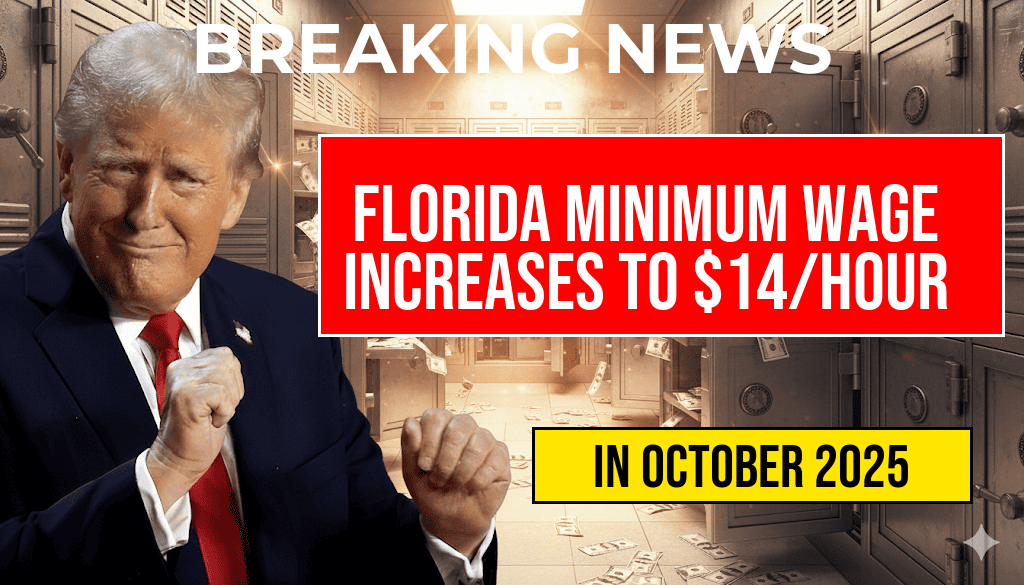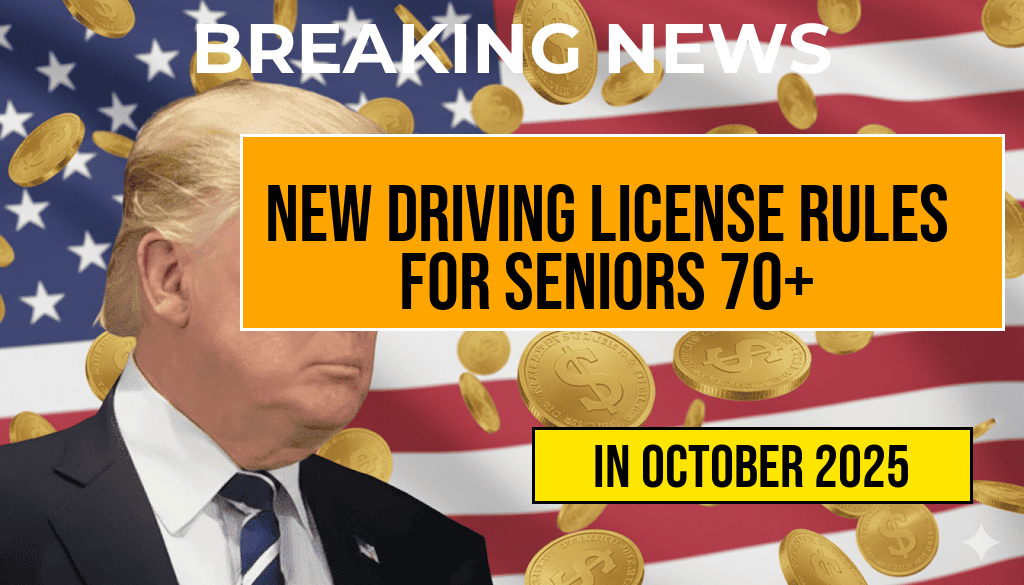A recent study has projected that approximately 32 million American workers could experience an annual pay increase of about $3,300 if the federal minimum wage is raised to $15. The analysis, conducted by the Economic Policy Institute (EPI), highlights the potential impact of this wage adjustment on the economy and the livelihoods of many low-income families. The findings come at a time when discussions surrounding minimum wage reform are intensifying, particularly in light of inflationary pressures and rising living costs. Advocates argue that a higher minimum wage could not only reduce poverty but also stimulate consumer spending, thereby benefiting the broader economy. However, opponents raise concerns about potential job losses and increased costs for businesses. As policymakers weigh these factors, the implications of such a wage increase remain a hot topic of debate across the nation.
Impact on Workers and Families
The study’s findings indicate that raising the federal minimum wage to $15 could significantly enhance the financial stability of millions of households. Many of the affected workers are employed in sectors that typically offer lower wages, such as retail, hospitality, and food services. In many cases, these jobs are held by individuals supporting families or working multiple jobs to make ends meet. The estimated $3,300 increase in annual earnings could mean the difference between financial struggle and stability for many.
Key Demographics Affected
- Low-Income Workers: The majority of those benefiting from the wage increase earn less than $15 per hour.
- Women and People of Color: These groups represent a disproportionate share of minimum wage workers, making the potential wage increase particularly significant for their economic empowerment.
- Single-Parent Households: Many single parents would see substantial benefits, helping to alleviate some of the financial burdens they face.
Economic Implications
Advocates for the wage increase argue that raising the minimum wage could lead to broader economic benefits. According to the EPI report, increased earnings for low-wage workers would likely result in higher consumer spending, which can spur economic growth. More disposable income means families can afford better housing, healthcare, and education, contributing to a healthier economy.
Consumer Spending and Economic Growth
With higher wages, low-income workers are more likely to spend their earnings on essential goods and services, which can stimulate local businesses. This increased demand may lead to job creation, countering concerns about potential job losses associated with a minimum wage hike. As businesses adjust to the new wage standards, they may also invest in technology and training to maintain profitability.
Challenges and Opposition
While the potential benefits of a $15 federal minimum wage are compelling, there are significant challenges and opposition to the proposal. Critics argue that increasing the minimum wage could lead to job losses, especially in industries that rely heavily on low-wage labor. They contend that small businesses may struggle to absorb the higher labor costs, resulting in layoffs or reduced hiring.
Business Concerns
- Increased Labor Costs: Many small businesses fear that they may not survive the wage hike without cutting jobs or reducing hours.
- Inflationary Pressure: There are concerns that businesses will pass on the increased labor costs to consumers, leading to higher prices on goods and services.
- Regional Disparities: Critics argue that a one-size-fits-all approach does not take into account the varying costs of living across different states and regions.
Current Legislative Landscape
As discussions around the minimum wage continue, various states and localities have taken matters into their own hands, implementing their own minimum wage increases. Some cities, like Seattle and San Francisco, have already adopted higher minimum wages, and the outcomes are being closely monitored as potential models for nationwide implementation. Meanwhile, advocates for a federal minimum wage increase are pushing for legislation that would formalize the $15 minimum wage across the country.
Future Prospects
With the 2024 elections approaching, the minimum wage debate is likely to become a focal point for candidates across the political spectrum. Voters are increasingly concerned about economic inequality and the cost of living, making this a pivotal issue that could influence electoral outcomes. As policymakers consider the EPI’s findings, the conversation surrounding minimum wage reform will continue to evolve, with potential implications for millions of American workers.
For further reading on the impacts of minimum wage increases, you can visit the Economic Policy Institute and learn more about the topic on Forbes.
Frequently Asked Questions
What is the estimated annual pay increase for workers if the federal minimum wage is raised to $15?
The study estimates a $3,300 annual pay increase for approximately 32 million workers if the federal minimum wage is increased to $15.
How many workers would benefit from a $15 federal minimum wage?
About 32 million workers would benefit from an increase to a $15 federal minimum wage, according to the study.
What is the current federal minimum wage?
The current federal minimum wage is $7.25 per hour, which has not been increased since 2009.
What are the potential economic impacts of raising the minimum wage to $15?
Raising the minimum wage to $15 could lead to higher earnings for low-wage workers, potentially reducing poverty rates and increasing consumer spending in the economy.
What arguments are made for and against raising the minimum wage?
Proponents argue that raising the minimum wage improves living standards for workers, while opponents warn it could lead to job losses and increased costs for businesses.


